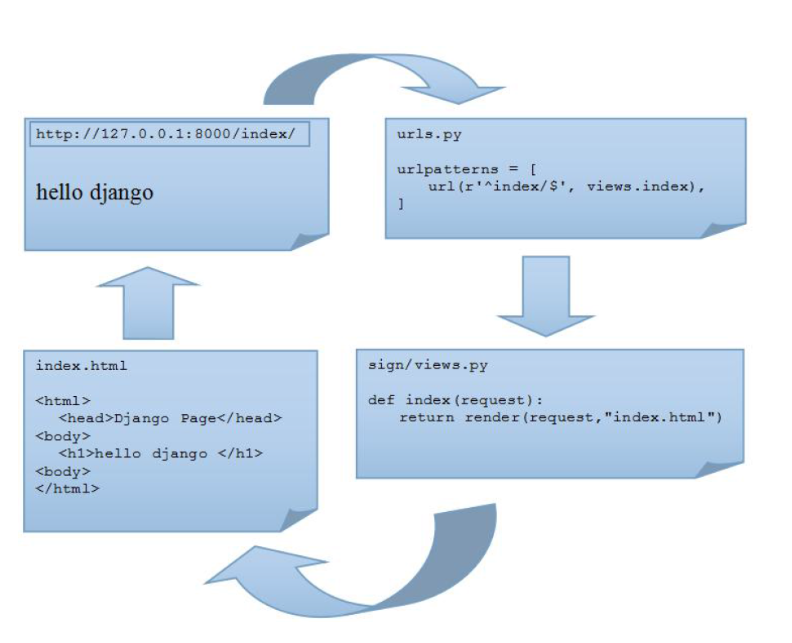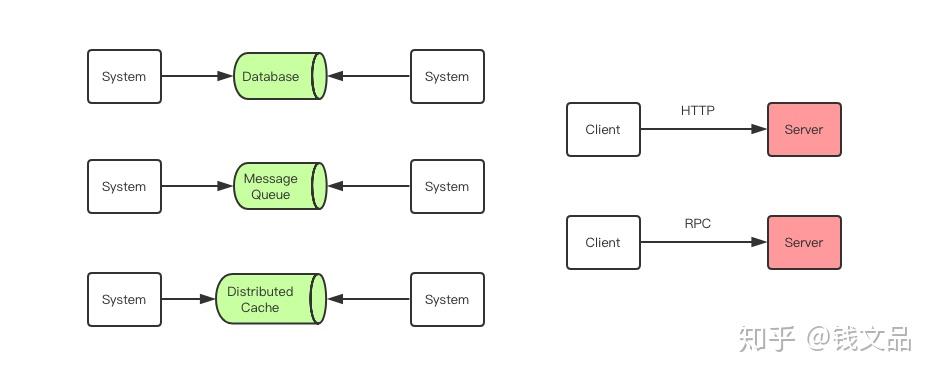The question is mostly in the title. It seems like mfix can be defined for any monadic computation, even though it might diverge:
mfix :: (a -> m a) -> m a
mfix f = fix (join . liftM f)
What is wrong with this construction? Also, why are the Monad and MonadFix typeclasses separate (i.e. what type has an instance of Monad but not of MonadFix)?
The left shrinking (or tightening) law says that
mfix (\x -> a >>= \y -> f x y) = a >>= \y -> mfix (\x -> f x y)
In particular this means that
mfix (\x -> a' >> f x) = a' >> mfix f
which means that the monadic action inside mfix must be evaluated exactly once. This is one of the main properties of MonadFix which your version fails to satisfy.
Consider this example that creates a cyclic mutable list (let's disregard the fact that you could do that without mfix thanks to mutability):
import Control.Monad
import Control.Monad.Fix
import Data.IORef
data MList a = Nil | Cons a (IORef (MList a))
mrepeat :: a -> IO (MList a)
mrepeat x = mfix (liftM (Cons x) . newIORef)
main = do
(Cons x _) <- mrepeat 1
print x
With your variant of mfix the call to mrepeat never finishes, as you're calling the inner part with newIORef indefinitely.
Your definition of mfix is not guaranteed to be equivalent to the standard one. In fact, at least in the list monad it is stricter:
> take 1 $ mfix (\x -> [1,x])
[1]
> let mfix2 :: Monad m => (a -> m a) -> m a; mfix2 f = fix (join . liftM f)
> take 1 $ mfix2 (\x -> [1,x])
Interrupted.




